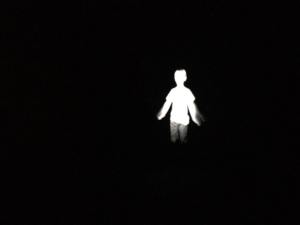Dresscodes for Postcodes: Final Fashion Promotion Shoot
After completing research in Mayfair, my team mate and I wanted to recreate a smart casual look which would be available for an audience outside of London. This was to be inspired by the tailored looks, however we made our style look more wearable and casual with the addition of trainers, perhaps hinting to the sports trend.
Look One
Firstly, we were inspired by the dark jeans with a tailored coat for look one. We also found a lot of people in London accessorized with scarves, so we added a casual, black and white checked scarf under the upturned collar which added more layers and textures to the look. In addition, adjusting a coat by simply upturning a collar adds definition to a style without having to add more accessories. Navy and white trainers create a sporty vibe but also makes this look very wearable whilst being smart.
Look Two
For our next look, we were influenced by the neutral colour palette with a hint of bright colour. Chinos are worn to add comfort with a smart top and a crisp white collar. The pink stripes of our model’s top add a hint of colour which break up the neutral tones. This was inspired by the pink chinos teamed with a neutral coat and collared shirt in London. I think that this look can be worn for comfort as well as smart occasions as the colour palette is not over the top.
For this final look we were influenced by the layered textures and we wanted to create a relaxed, smart look. We’ve used a monochrome tonal palette and have started the look with a crisp white shirt. This is made comfortable and practical with a lightweight, wool jumper over the top. Black denim trousers ,which are a wardrobe staple, are an understated addition to this look with sports luxe trainers completing the relaxed style. Finally, a tailored jacket is worn over the shoulders adding yet another texture. Wearing the coat this way also looks effortless and stylish; it is an easy way of updating an outfit.
Overall, I think that we have achieved a very wearable smart/casual look which would not look out of place in Mayfair as well as areas outside of London. Our influences from the definitive style in Mayfair can be depicted from the smart tailoring, however our main focus was to make this an easy, everyday style which felt comfortable whilst looking smart.
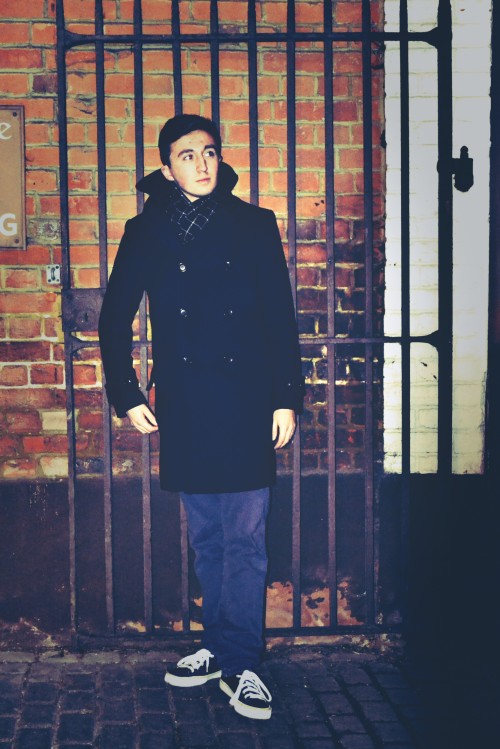
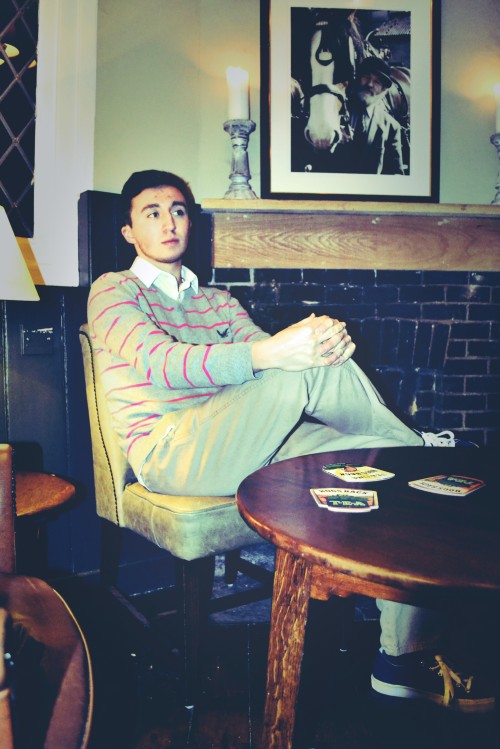
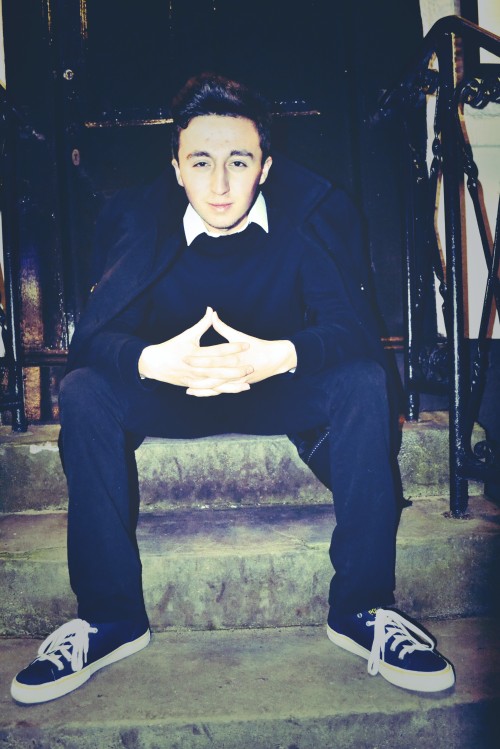
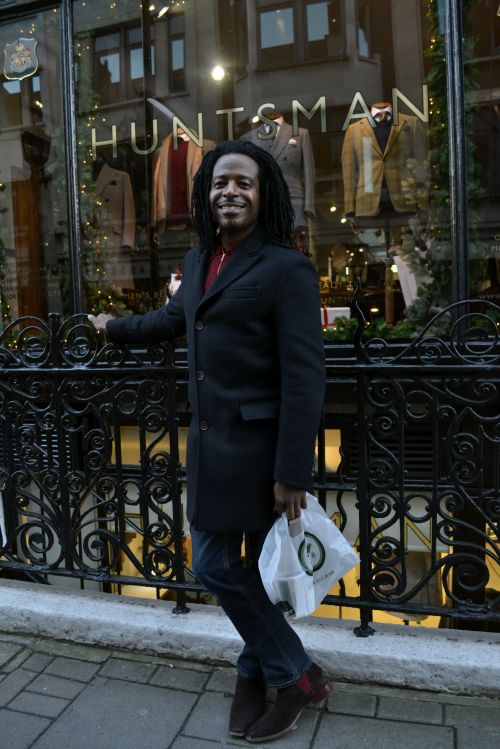




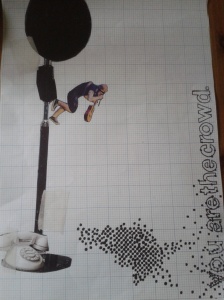

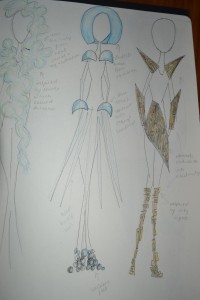
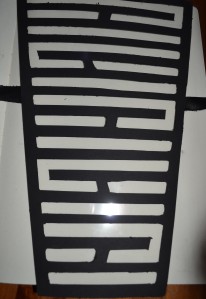

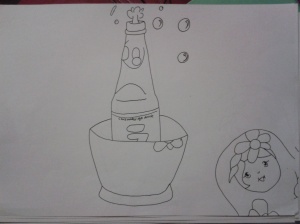
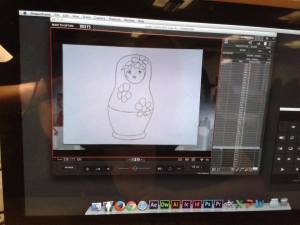



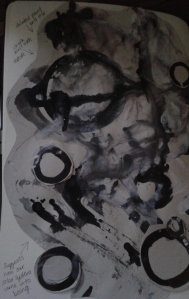
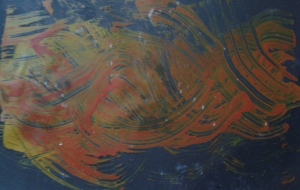
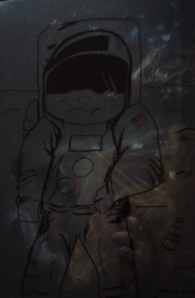


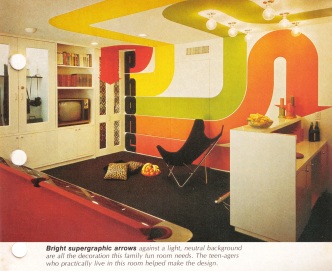
![10253423_10201930996395846_1832551952_n[1]](https://cwootten.files.wordpress.com/2014/09/10253423_10201930996395846_1832551952_n1.jpg?w=300&h=225)
![10705059_10201930996235842_646740866_n[1]](https://cwootten.files.wordpress.com/2014/09/10705059_10201930996235842_646740866_n1.jpg?w=300&h=225)
![10706397_10201930996275843_894129774_n[1]](https://cwootten.files.wordpress.com/2014/09/10706397_10201930996275843_894129774_n1.jpg?w=300&h=225)
